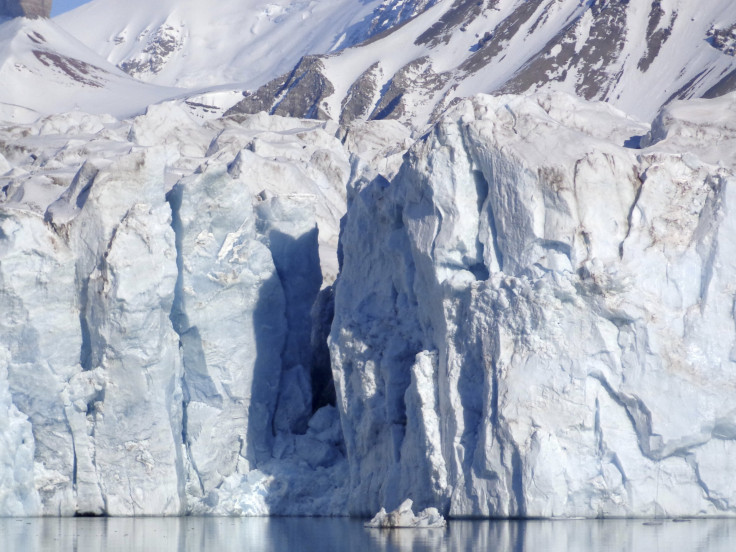Arctic snow turning red is melting glaciers rapidly and accelerating global warming

A study has revealed that fields of pink-coloured algae are forming on world’s glaciers and it is accelerating global warming. Previously, the experts thought the red colour of the snow was caused by some chemical spill or baby seal clubbing. However, it is just algae, and scientists are completely baffled by this weird phenomenon. Moreover, the algae-formation is causing the glaciers to melt fast.
The study, published in the science journal Nature Communications, revealed that it’s the colour of the algae that is speeding up the melting of ice. As the pinkish algae are darker than the surrounding white snow, they are absorbing more sunlight. This is warming up the algae and the snow surrounding it. As the typically green algae absorb sunlight, the algae produce a type of sunscreen that paints the sloped with a reddish-pink hue.
The algae are not new and are found on glaciers across the world. However, its effect on the snow during summer months is being measured now. The researchers have revealed that under the algae’s soft-hued blanket, the snow melts around 13 percent faster. This is causing the snowfields and glaciers that cool Earth by reflecting sunlight to withdraw. As the snow retreats, it exposes the darker rock and soil underneath the snow blanket.
The rocks absorb more sun’s energy and heats up. The study has argued that the warming caused by the pink-coloured algae should be included in climate modelling. According to The New York Times, a glaciologist at the University of Sheffield who was not involved in the study, Joseph Cook, believes that “a small amount may have a big effect.”
Geobiologist at GFZ German Research Center for Geosciences, Stefanie Lutz, along with Liane Benning and other colleagues, examined microbes in the summer snow. They came to the conclusion that even though bacterial communities differ from one place to the other, the same algae that are producing the red snow are present globally and climate models should also consider their effects on melting glaciers.





















